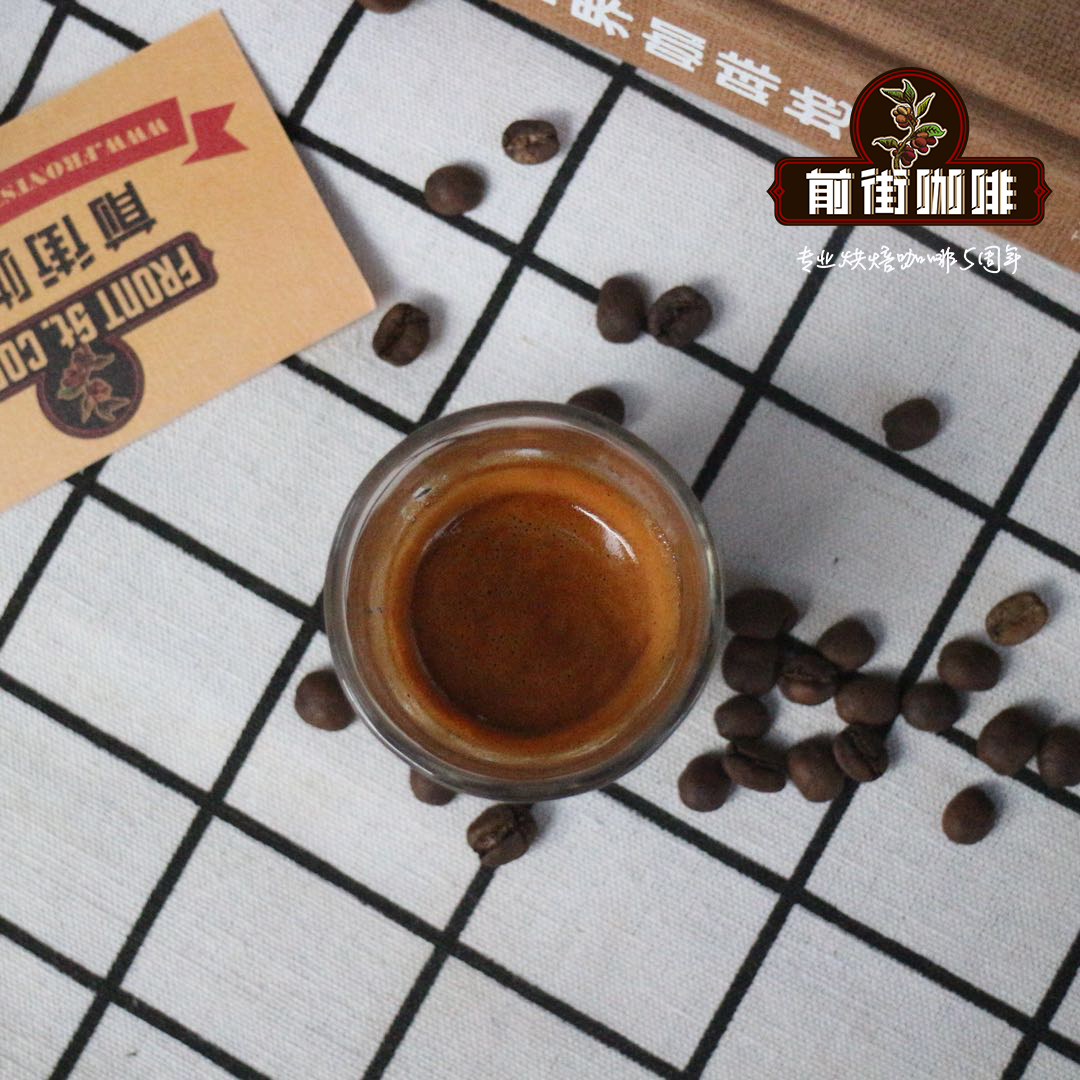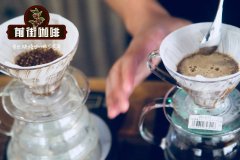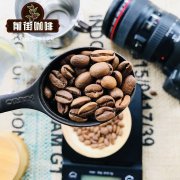What are the brands of Ethiopian coffee? is Harald coffee harar coffee good?

Professional coffee knowledge exchange More coffee bean information Please pay attention to coffee workshop (Weixin Official Accounts cafe_style)
Ethiopia is currently the country with the fastest coffee production and development. Different producing areas not only make coffee different in processing methods, but also make aroma and taste different due to different processing methods, which often makes people feel wrong. For example, Yejiashev's sun-dried beans and Sidama's sun-dried beans have different aromas. Yejiashev's sun-dried beans have a higher moisture content, coffee beans account for the majority of small particles, the aroma is low and stable, and the taste is thicker. Sidamo's sun-baked beans have an impressive strawberry aroma, but a thin texture.
Harrar, Ethiopia's most important sun-bean growing region, seems to have disappeared from the coffee market since 2008, when Sidamo sun-beans attracted attention with their many stunning small estates, and Harrar mocha, by contrast, lost its focus. But hala beans exude a low-key but fermented blueberry wine and unpredictable aroma, and coffee fans will miss their first love after a while.
Hara sun-baked beans are long rice-shaped beans, beans of different sizes and colors, moisture content is not consistent, there are some missing corners and irregular beans, which is the source of strong and strange flavor of Hara.
Deep and rich fermented blueberry aromas, with red wine acidity especially prominent coarse, lingering flower aroma is very conspicuous.
Harrar, Ethiopia's most important sun-bean growing region, seems to have disappeared from the coffee market since 2008, when Sidamo sun-beans attracted attention with their many stunning small estates, and Harrar mocha, by contrast, lost its focus. But hala beans exude a low-key but fermented blueberry wine and unpredictable aroma, and coffee fans will miss their first love after a while.
Hara sun-baked beans are long rice-shaped beans, beans of different sizes and colors, moisture content is not consistent, there are some missing corners and irregular beans, which is the source of strong and strange flavor of Hara.
Deep and rich fermented blueberry aromas, with red wine acidity especially prominent coarse, lingering flower aroma is very conspicuous.
solarization
Properly processed, naturally processed coffee beans have fruity flavours and vinous acidity, intense sweetness and fresh fruit salad flavours. Hami melons, cherries, grapes, limes, green apples and even peaches can all be tasted naturally in Ethiopian coffee. The heavier texture is usually honeyed, velvety and soft, but with a little bit of natural color. However, the flavor of coffee beans can be destroyed if not handled properly, and drying is probably the decisive part.
The coffee produced by washing method can combine elegance, mystery and delicacy, while the coffee produced by natural treatment has wild and charming fruit flavor. Subtle floral, herbal and lemon flavors are all characteristics that cannot be touched by outside coffee. Generally speaking, bergamot, jasmine and blueberry will be vividly reflected in the aftertaste.
However, in the past decade, the coffee industry has undergone many changes, and the technical principles applied in wet processing have gradually been extended to natural processing, making the quality of coffee beans more stable under natural processing. There is a growing number of institutions supporting equal trade, opportunities for cross-border cooperation continue to increase, and more projects are launched, which in turn encourages progress in technical support. Coupled with the growing importance of specialty coffee in recent years, Ethiopia's position on the international stage seems to continue to flourish.
END
Important Notice :
前街咖啡 FrontStreet Coffee has moved to new addredd:
FrontStreet Coffee Address: 315,Donghua East Road,GuangZhou
Tel:020 38364473
- Prev

Introduction to the flavor characteristics of Ethiopian coffee bean-Harald coffee
Professional coffee knowledge exchange more information about coffee beans please follow the coffee workshop (Wechat official account cafe_style) Ethiopia has always been regarded as the birthplace of coffee. When you understand the local way of handling coffee, you can probably understand that this imperial status is well-deserved. Even under the worst production conditions, coffee trees are blocked by other crops from the sun
- Next

Ethiopian Harald Coffee Legend introduction to Ethiopia's well-known coffee brand coffee beans
Professional coffee knowledge exchange more coffee bean information Please follow the coffee workshop (Wechat official account cafe_style) in the past 20 years, Harald is just a faded memory, a legend, an imprint that may not be able to be reproduced. Once upon a time, the unique blueberry flavor of Harald in Ethiopia made other coffee look good.
Related
- Does Rose Summer choose Blue, Green or Red? Detailed explanation of Rose Summer Coffee plots and Classification in Panamanian Jade Manor
- What is the difference between the origin, producing area, processing plant, cooperative and manor of coffee beans?
- How fine does the espresso powder fit? how to grind the espresso?
- Sca coffee roasting degree color card coffee roasting degree 8 roasting color values what do you mean?
- The practice of lattes: how to make lattes at home
- Introduction to Indonesian Fine Coffee beans-- Java Coffee producing area of Indonesian Arabica Coffee
- How much will the flavor of light and medium roasted rose summer be expressed? What baking level is rose summer suitable for?
- Introduction to the characteristics of washing, sun-drying or wet-planing coffee commonly used in Mantenin, Indonesia
- Price characteristics of Arabica Coffee Bean Starbucks introduction to Manning Coffee Bean Taste producing area Variety Manor
- What is the authentic Yega flavor? What are the flavor characteristics of the really excellent Yejasuffi coffee beans?

